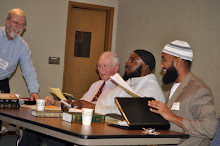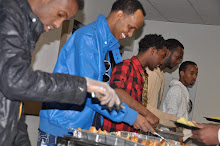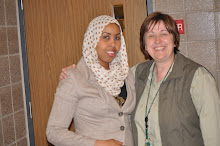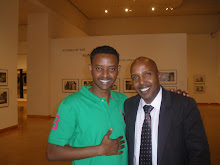
Organization brings community to African, African-American women
By TaLeiza Calloway • tcalloway@stcloudtimes.com • October 5, 2009
Launched in November, Omeka! aims to build relationships between African and African-American women in the St. Cloud community. The monthly gatherings offer food, fellowship, a listening heart and more. And the organization is looking ahead to its second year and the needs of its growing membership.
Debra Leigh, an Omeka! organizer and professor at St. Cloud State University, has seen growth among the women and the connections that have formed since the group’s founding.
Leigh remembers during an early circle-share-in, one Somali woman spoke for all of the Somali women in attendance. Ten months later, all those in attendance share what they are feeling, she said.
“It was really powerful,” Leigh said. “We realized that each of them had found their voice.”
“Omeka!” is a Swahili word meaning to display; to speak out; to spread out. This is accomplished each time through the sharing of journeys, cultures and ideas; they’re always learning from one another, according to organizers.
From education and health care, to family life and housing, each meeting has a theme. Women are not the only benefactors. Child care is always offered, complete with an activity for children.
Looking ahead
Possible changes ahead include focusing more meetings to a particular topic, hosting a two-day educational summit, creating a space just for the meetings as well as helping other diverse groups, Leigh said.
As organizers for Omeka! look ahead, they are confident the organization will continue to reach women and improve its outreach. They will meet in November for an overall evaluation of the program, said Hedy Tripp, coordinator for Create CommUNITY.
Omeka! is one of the programs under Create CommUNITY’s umbrella. It is funded through a grant from the Blue Cross Blue Shield Foundation.
“Omeka is an experiment,” Leigh said with a smile. “We learn as we go.”
Sister Chrispina Lekule, who worked with helping form Omeka! believes the mission is being fulfilled. Lekule is a graduate student at St. Cloud State.


















































